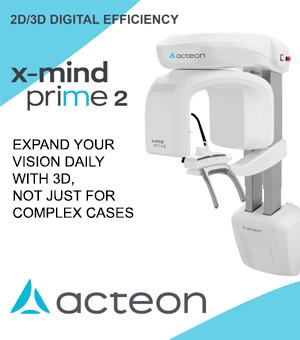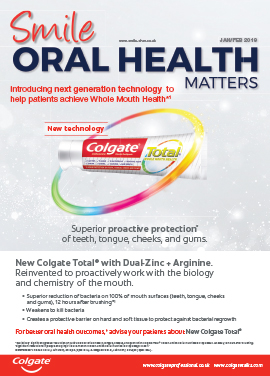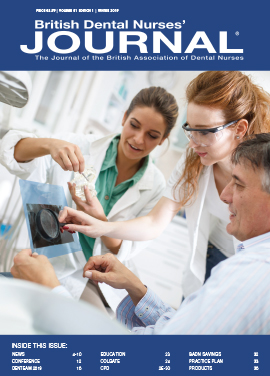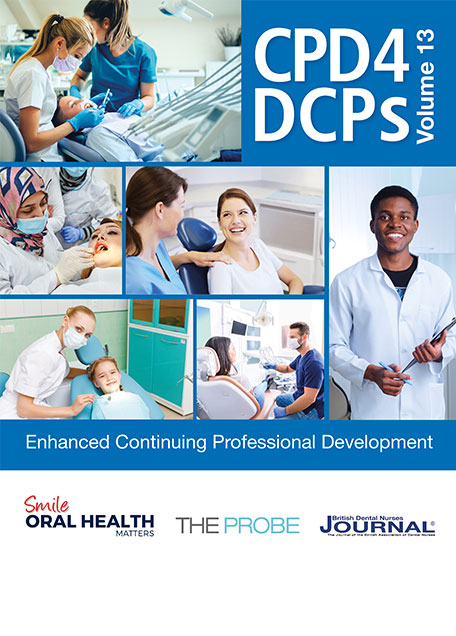Bionics: dentistry’s first-class ticket to the future?
Featured Products Promotional FeaturesPosted by: Dental Design 23rd May 2022

Bionics is a vast branch of biomedical engineering, which marries together the world of biology and electronics. The most recognisable example of bionics is probably bionic arms and legs, used by those who have had limbs amputated. Bionic limbs demonstrate how science fiction has become reality in our time. Some bionic arms, for instance, are able to mimic certain natural functions, like grabbing, pinching and even giving a thumbs up.
The field of bionics has ventured further than arms and legs – cochlear implants have transformed the lives of many without hearing. Similarly, visual prostheses have been, and continue to be, developed to give the blind functional vision. This monumental achievement can give back autonomy to those who have lost their sight, and establishes the magnificent strides that science and medicine have, and continue to, achieve.
We really are living in the future, right now. It’s exciting to consider how bionics could be developed further in the field of dentistry. Arguably, by harnessing potential new developments in this field, dental professionals could provide enhanced patient care with all the common challenges dramatically reduced or, even better, eradicated completely.
Looking to the future
Researchers[i] from the University of Sydney and the University of New South Wales carried out a project on a flock of sheep using a fully implantable visual prosthesis – the Phoenix 99 Bionic Eye. Retinal degenerative diseases, such as retinitis pigmentosa, lead to severe visual impairment;[ii] the Phoenix 99 has been designed to restore beneficial visual percepts to the blind. Essentially, the Phoenix 99 works by stimulating an individual’s retina from the suprachoroidal space, and is linked wirelessly to a small camera and attached to a pair of glasses. This device is designed to be able to circumvent around defective retina cells and trigger those that still work.
The researchers implanted nine Phoenix 99 Bionic Eyes into the left eye of the ovine models; with the absence of infection, the device’s biocompatibility was demonstrated and was well tolerated by the sheep. After 100 days, the researchers noted that the positive results in the sheep determined the potential for encouraging outcomes in humans.
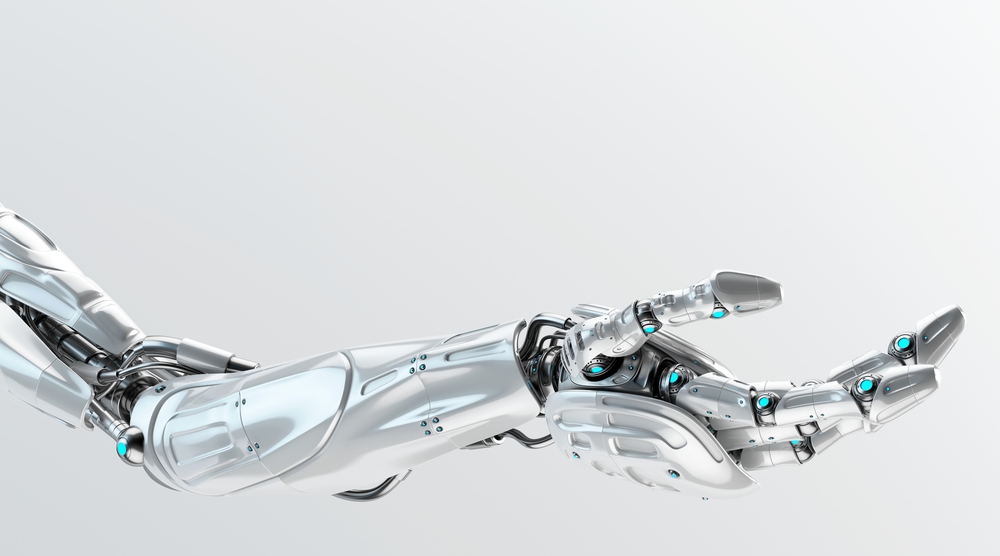 According to the World Health Organisation (WHO),[iii] approximately 2.2 billion people globally have near or distance vision impairment. Humans are surprisingly adaptable and many people with vison impairment are able to navigate day-to-day life successfully. Nonetheless, these innovations for visual protheses are impressive feats of human ingenuity and will undoubtedly benefit the lives of thousands. These technologies are still in their infancy, but their development is nevertheless incredibly exciting.
According to the World Health Organisation (WHO),[iii] approximately 2.2 billion people globally have near or distance vision impairment. Humans are surprisingly adaptable and many people with vison impairment are able to navigate day-to-day life successfully. Nonetheless, these innovations for visual protheses are impressive feats of human ingenuity and will undoubtedly benefit the lives of thousands. These technologies are still in their infancy, but their development is nevertheless incredibly exciting.
Do dentists dream of electric teeth?
Dentistry has already harnessed bionics with treatments such as dental implants. These treatments give patients a stable, permanent solution to tooth loss, which may be a more attractive option compared to other alternatives, such as bridges and dentures. Innovations within this branch of dentistry are constantly being improved, enhanced and adapted to suit a range of clinical cases and meet the needs of the patient.
However, there is still a long way to go until many challenges within dental implantology can be confronted and prevented. These challenges may include the loosening of abutment screws, fractures and chipping of the prostheses and failed osseointegration. Biological complications, such as patients who have diabetes or cancer, or if infection has developed post-surgery, are also adversaries to the dental professional. In the worst-case scenario, some patients may not be suitable for dental implant therapy at all, forcing them to seek another option. These issues can be incredibly frustrating for all involved… but what if bionics could be taken even further, to increase the potential for successful outcomes?
For patients who are unsuitable for dental implants, whether due to poor bone quality or insufficient bone, future developments of bionics in the field may aid in making treatment more inclusive and feasible. The prevention of peri-implantitis could also be made possible, in addition to stronger materials that could last a lifetime, resistant to breakages and fractures.
Food for thought
Of course, this is all theoretical, but it’s certainly not impossible. Dentistry will never become obsolete; improving patient care, as well as treatment outcomes, drives every new innovation and development on the market. It’s a wise idea for us as dentists to keep on top of progress within fields such as bionics, especially if they could lead to the development of revolutionary solutions. These technologies may be years away from becoming mainstream within the field, but it’s fascinating watching how they evolve, with the promise of revolutionising dentistry for the better.

For further information please call EndoCare on 020 7224 0999
Or visit www.endocare.co.uk
[i] Eggenberger, S.C., James, N.L., Ho, C., Eamegdool, S.S., Tatarinoff, V., Craig, N.A., Gow, B.S., Wan, S., Dodds, C.W.D., La Hood, D., Gilmour, A., Donahoe, S.L., Krockenberger, M., Tumuluri, K., da Cruz, M.J., Grigg, J.R., McCluskey, P., Lovell, N.H., Madigan, M.C. and Fung, A.T. (2021). Implantation and long-term assessment of the stability and biocompatibility of a novel 98 channel suprachoroidal visual prosthesis in sheep. Biomaterials, [online] Available at: https://www.sciencedirect.com/science/article/pii/S0142961221005482 [Accessed 21 Feb. 2022].
[ii] Bhattacharya, S.S. and Chakarova, C.F. (2013). Retinitis Pigmentosa. [online] ScienceDirect. Available at: https://www.sciencedirect.com/science/article/pii/B9780123749840013188 [Accessed 21 Feb. 2022].
[iii] www.who.int. (n.d.). Vision impairment and blindness. [online] Available at: https://www.who.int/news-room/fact-sheets/detail/blindness-and-visual-impairment#:~:text=Prevalence [Accessed 21 Feb. 2022].





